| In vitro: |
| Nat Prod Commun. 2012 Oct;7(10):1333-6. | | Two new naphthoquinone derivatives from the stem bark of Callicarpa maingayi.[Pubmed: 23157003] |
METHODS AND RESULTS:
Two new naphthoquinones designated as 3alpha-hydroxy-2-(2-hydroxypropan-2-yI)-9alpha-methoxy-2,3,3alpha,9alpha-tetra-hydronaphtho[2,3-b]furan-4,9-dione (callicarpa-quinone A, 1) and 5-hydroxy-2-(2-hydroxypropan-2-yl)naphtho[2,3-b]furan-4,9-dione (callicarpaquinone B, 2) were isolated from the chloroform fraction of Callicarpa maingayi. Three other known compounds, identified as avicequinone-C (3), wodeshiol (4) and Paulownin (5), were reported for the first time from this species. The structure elucidation of compounds was established by comprehensive 1D and 2D NMR spectroscopic analyses as well as EIMS, UV and IR spectral data. Compounds 1 and 2 were tested in vitro for their cytotoxic activity against human breast cancer MCF-7cells.
CONCLUSIONS:
Compound 2 exhibited strong cytotoxic activity with an IC50 value of 1.9 +/- 0.2 microM, while 1 showed moderate activity with an IC50 value of 25.0 +/- 4.3 microM. | | J Biochem. 2008 Jan;143(1):59-68. | | Enzymatic characterization and inhibitor discovery of a new cystathionine {gamma}-synthase from Helicobacter pylori.[Pubmed: 17981822] |
Cystathionine gamma-synthase (CGS) catalyses the first step of the transsulfuration pathway that converts l-cysteine to l-homocysteine in bacteria, whereas this pathway is absent in human.
METHODS AND RESULTS:
In this report, we identified a new metB gene from Helicobacter pylori strain SS1, and the recombinant H. pylori Cystathionine gamma-synthase (HpCGS) was successfully cloned, expressed and purified in Escherichia coli system. Enzymatic study of HpCGS indicated that the K(m) and k(cat)/K(m) values against the substrate O-succinyl-l-homoserine (l-OSHS) were 3.02 mM and 98.7 M(-)(1)s(-)(1), respectively. Moreover, four natural products (alpha-lapachone, 9-hydroxy-alpha-lapachone, Paulownin and Yangambin, Fig. 1) were discovered to demonstrate inhibitory activities against HpCGS with IC(50) values of 11 +/- 3, 9 +/- 1, 19 +/- 2 and 27 +/- 6 microM, respectively.
CONCLUSIONS:
All these four inhibitors prevent the binding of l-OSHS to HpCGS in a non-competitive fashion.
In vitro antibacterial assays further indicated that these four discovered compounds could highly inhibit the growth of H. pylori and exhibited strong inhibitory specificity against H. pylori related to E. coli. |
|
| In vivo: |
| Guangxi Sciences, 2007, 14(4):405-6. | | The Experiment Studies on Pharmcological Action of Paulownin[Reference: WebLink] | To observe the anti-inflammation,analgesia,immunite,hypoglycemia action of Paulownin.
METHODS AND RESULTS:
Used the methods of ear swelling cused by xylene,acetic acid twisting,carbon expurgation and the hyperglycemia induced by glucose,to observe the pharmcological action of Paulownin;and acute toxicity was observed.Paulownin in high does could inhibit significantly ear swelling induced by xylene,high and low does could decrease body twisting times induced by acetice,and Paulownin in high and low does could increase the phagocytic funtion of mononu clear phagocyte;Paulownin in high dose could obviously decrease blood glucose,and low dose had the action on hypoglycemia in hyperglycemia mice induced by glucose.
CONCLUSIONS:
The acute toxicity test of Paulownin showed that its maximum tolerance is 4.5g/kg in mice.Paulownin has the action of anti-inflammation,analgesia,immunity,hypoglycemia and has little toxicity. |
|


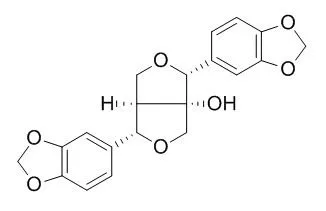

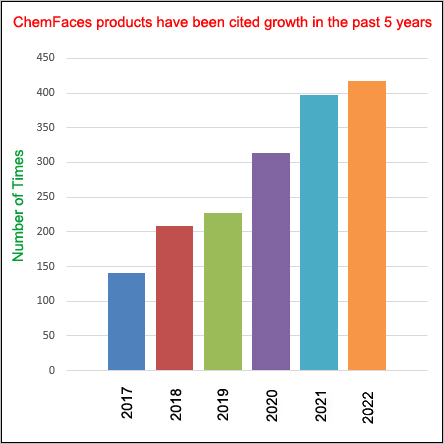
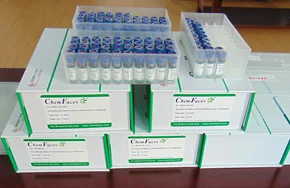
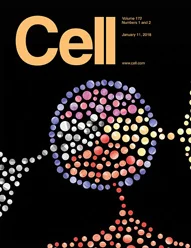 Cell. 2018 Jan 11;172(1-2):249-261.e12. doi: 10.1016/j.cell.2017.12.019.IF=36.216(2019)
Cell. 2018 Jan 11;172(1-2):249-261.e12. doi: 10.1016/j.cell.2017.12.019.IF=36.216(2019)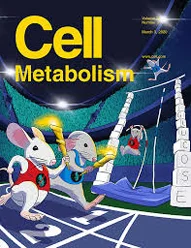 Cell Metab. 2020 Mar 3;31(3):534-548.e5. doi: 10.1016/j.cmet.2020.01.002.IF=22.415(2019)
Cell Metab. 2020 Mar 3;31(3):534-548.e5. doi: 10.1016/j.cmet.2020.01.002.IF=22.415(2019)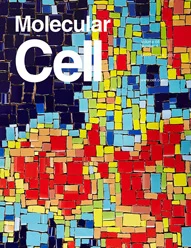 Mol Cell. 2017 Nov 16;68(4):673-685.e6. doi: 10.1016/j.molcel.2017.10.022.IF=14.548(2019)
Mol Cell. 2017 Nov 16;68(4):673-685.e6. doi: 10.1016/j.molcel.2017.10.022.IF=14.548(2019)